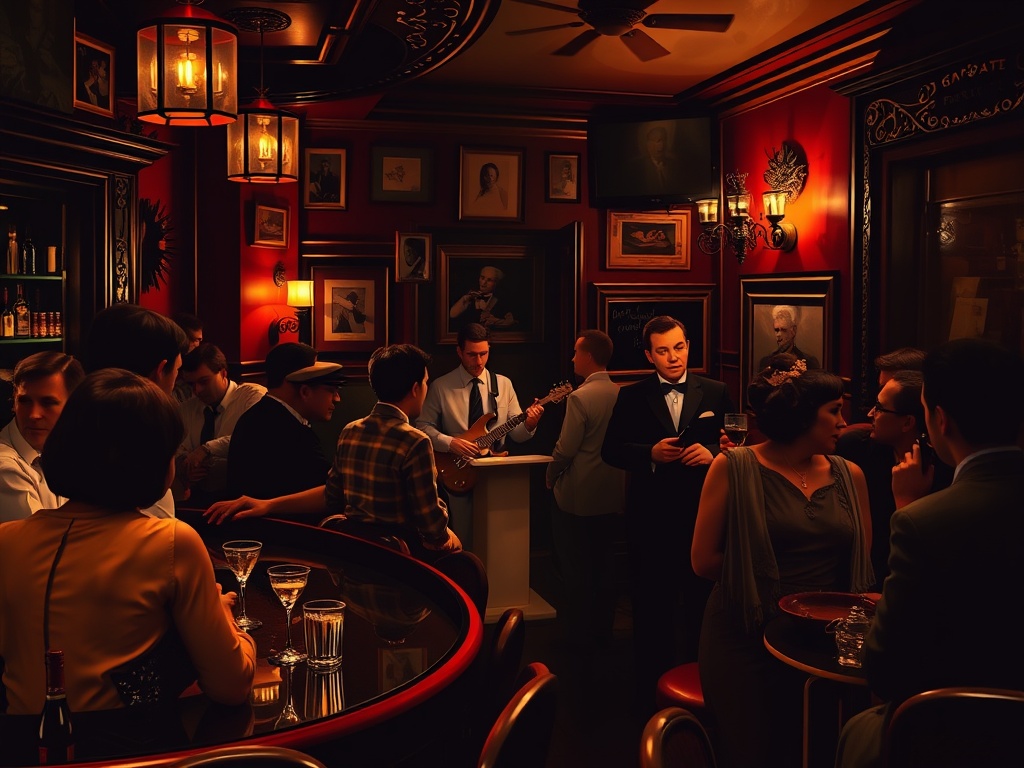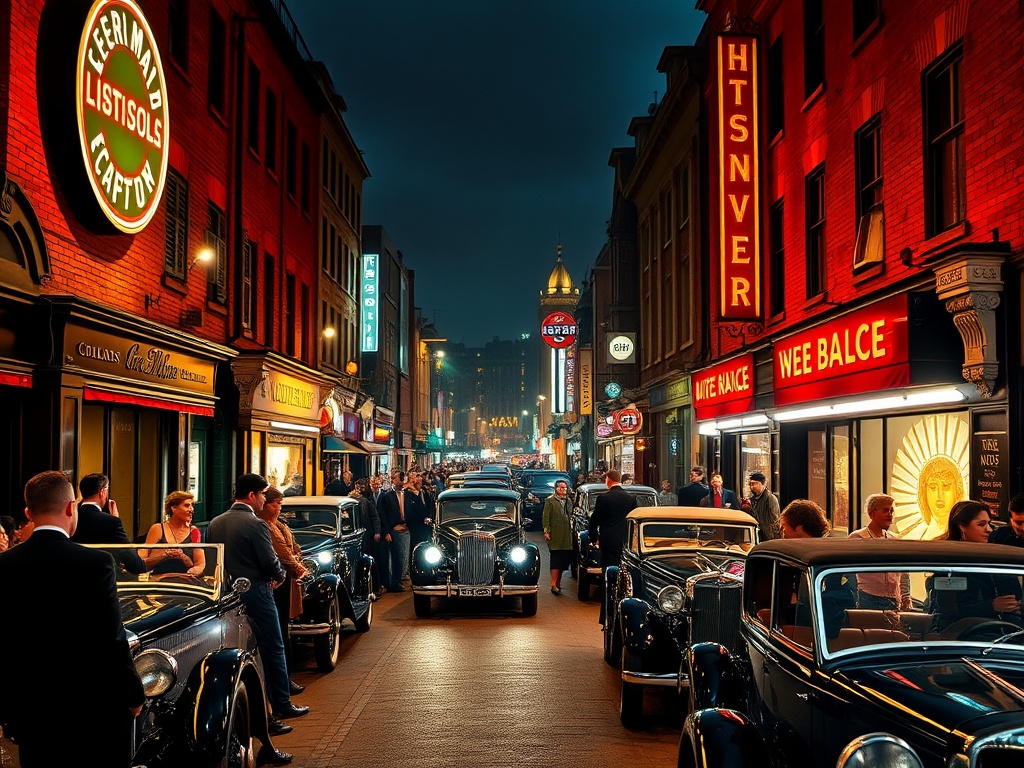The curtain is being raised on the shadowy and intriguing underbelly of Soho in the aftermath of the First World War, as the new television drama Dope Girls premieres this weekend on BBC One. This six-part series is a vibrant exploration of female empowerment, liberation, and hedonism, featuring a captivating women-led cast. However, the show also delves into the darker aspects of the era, revealing the pervasive drinks, drugs, and violence that characterized the underground nightclub scene of the 1920s. At the core of this fictional narrative lies a grain of truth, inspired by a book that chronicles the times and the individuals who inhabited this clandestine world.
What is Dope Girls based on?

The new BBC series Dope Girls draws inspiration from the 1992 book Dope Girls: The Birth of the British Drug Underground, penned by Dr. Marek Kohn. This compelling work examines the scandals and moral panic that gripped Britain during the period following World War I. During and after the war, drug use—particularly of morphine and cocaine, which were once easily accessible at chemist shops—escalated into a national crisis. Although some restrictions were imposed by the Defence of the Realm Act in 1916, it wasn’t until the 1920 Dangerous Drugs Act that the production, import, export, possession, sale, and supply of these substances became illegal.
The highly publicized death of Billie Carleton, a West End musical actress who tragically overdosed in 1918, intensified public anxiety surrounding drug use. Figures like Brilliant Chang, a Chinese restaurant owner and drug dealer, and Edgar Manning, a jazz drummer from Jamaica famously dubbed the “Dope King,” became notorious symbols of the era’s moral decay. They were surrounded by a cadre of rebellious hedonists, including authors, actors, and even members of royalty, all reveling in the burgeoning nightlife of London.
Who were Kate Meyrick, Billie Carleton, and Edgar Manning?
Kate Meyrick
Kate Meyrick was an infamous nightclub owner in 1920s London and served as an inspiration for the character of Kate Galloway in Dope Girls. Born in Kingstown, Ireland, in 1875, as Kate Evelyn Nason, she was the daughter of a doctor. After marrying Dr. Ferdinand Merrick, the family moved to the UK. Initially, Kate assisted her husband in running nursing homes for psychiatric patients. By 1914, they had eight children—six daughters and two sons—but by 1918, the couple had separated.
Faced with a meager weekly allowance of £1 to support her family, Kate sought employment and answered an advertisement to partner in running tea dances. By April 1919, she had opened Dalton’s, a basement venue near the Alhambra Theatre in Leicester Square, in partnership with Harry Dalton. This marked the beginning of her nightclub empire, which would ultimately yield her hundreds of thousands of pounds, but also lead her to several stints behind bars. By January 1920, Dalton’s was shut down, and both Meyrick and Dalton were fined.
Undeterred, she opened a succession of clubs such as the 43 Club in Gerrard Street, Proctor’s Club, Folies Bergères, the New Follies, and the Silver Slipper Club. Throughout her career, she faced numerous fines for breaching licensing regulations and serving alcohol without a license, frequently having her clubs shut down. Over the years, she served five prison sentences and earned the title “Queen of the Night Clubs.” It is estimated that she amassed £500,000 through her ventures and even married off three of her daughters into nobility. Meyrick passed away from influenza on January 19, 1933, at the age of 57. On the day of her funeral, West End theatres and clubs dimmed their lights in her honor.
Billie Carleton
Billie Carleton, born Florence Leonora Stewart, was a prominent English musical comedy actress. The daughter of a chorus singer and an unknown father, she left home at the tender age of 15 to pursue a career on stage in London. Her rise to fame began with the 1914 revue Watch Your Step, and by 1917, she had charmed audiences as a flapper in the musical The Boy. In August 1918, she secured the leading role of Phyllis Harcourt in The Freedom of the Seas at the Haymarket Theatre, briefly becoming the youngest leading lady in the West End.
On November 27, 1918, Carleton attended a Victory Ball at the Royal Albert Hall after her performance. Later that night, she and her friends returned to her apartment at the Savoy Court Mansions, an annex of the Savoy Hotel. Tragically, her maid discovered her lifeless body the following morning, revealing that she had died from a cocaine overdose at just 22 years old. A coroner’s inquest determined the cause of death, and her friend, actor and costumier Reggie de Veulle, later pleaded guilty to supplying her with drugs. Carleton’s untimely death shocked and fascinated the public, as details of the rampant drinking and drug use within her social circle emerged.
Edgar Manning
Edgar Manning, also known as Eddie Manning, was a jazz musician who earned the notorious title of “Dope King” in 1920s London. Originally from Jamaica, he settled in London in 1916 and quickly became associated with the drug trade in the West End. Manning built a reputation as a drug dealer, often described as a “pedlar of dope,” and his frequent run-ins with the law kept his name in the headlines.
In 1929, Manning was convicted of stealing a car and other property, resulting in a three-year prison sentence. His life took a tragic turn when he died in Parkhurst Prison on the Isle of Wight in 1931, a victim of the perilous lifestyle he had chosen.




